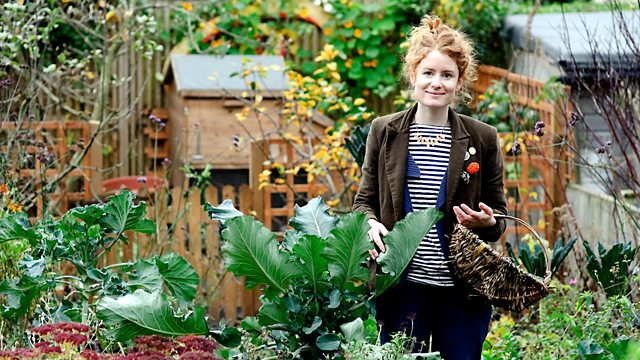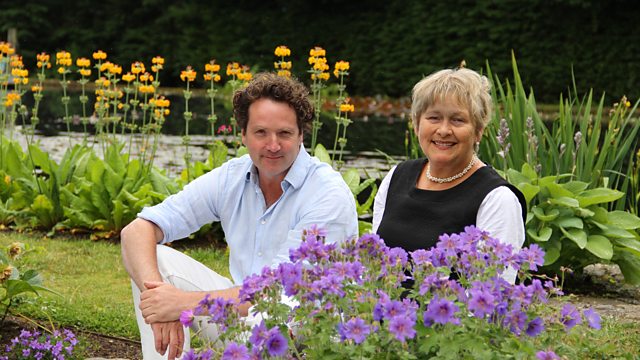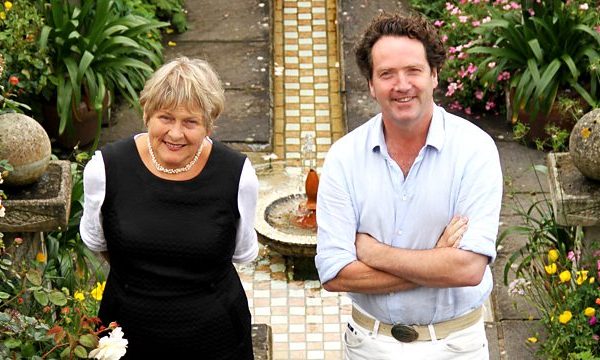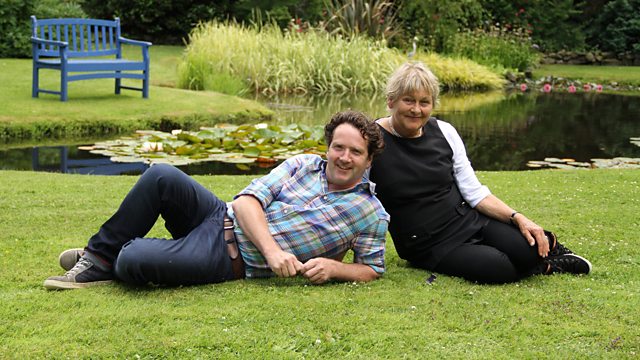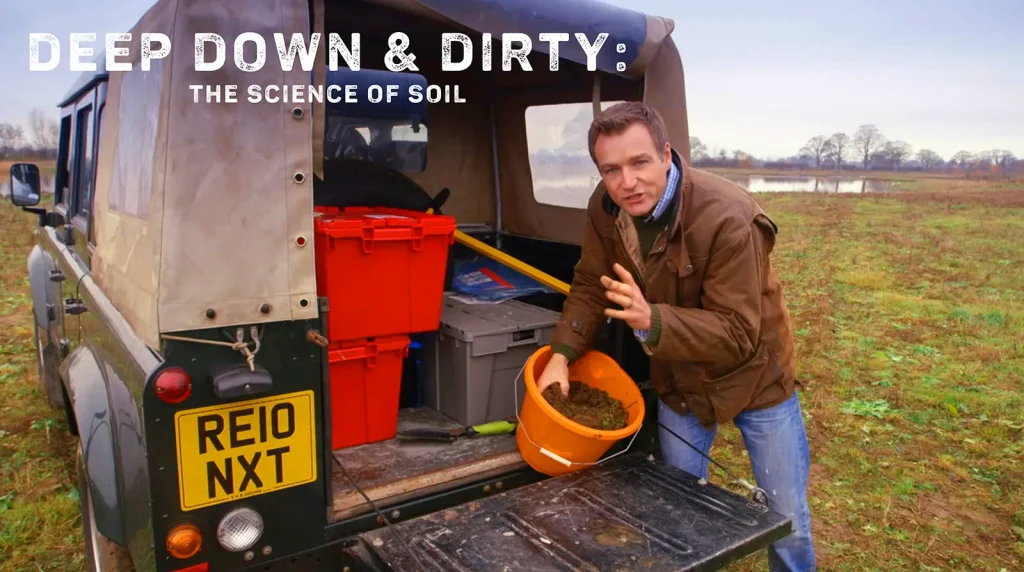The Edible Garden episode 5 – Flowers and Herbs: In Alys’s pretty but productive backyard, she grows flowers and herbs for many reasons. Alys Fowler attempts to avoid shop-bought fruit and vegetables and live off her own, home-grown produce, all from her tiny terraced back garden. It’s no easy task because Alys doesn’t want to turn her garden into an allotment, so she’s growing her fruit and vegetables among her flowers.
Alys focuses on different foods and shows how anyone can grow, cook and eat from their own garden, even if they live in a city.
In Alys’s pretty but productive backyard, she grows flowers and herbs for many reasons: to flavour her food, to decorate her home and to attract wildlife essential for the health and productivity of her garden. From herb omelettes and bread made with rosemary to salads of edible blooms, flowers and herbs are the garden garnishes that bring both the garden and kitchen to life.
The Edible Garden episode 5 – Flowers and Herbs
Rosemary
A sun-loving shrub whose scent evokes the Mediterranean, rosemary has needle-like leaves that can be picked all year round. Fresh or dried leaves can be used to flavour meat, soups and many other dishes, while sprigs steeped in olive oil give it a distinctive flavour. Tea made by infusing chopped leaves in boiling water is said to help digestion.
Rosemary is best started in the spring from ready-grown plants. Plant in a sunny, sheltered position in well-drained soil – plants hate wet roots in winter. Alternatively grow in 30-60cm containers filled with soil-based or multi-purpose compost.
Plants are fairly drought-tolerant, but water regularly during dry summers, especially if plants are grown in containers. Feed plants in containers with a balanced fertiliser after they have finished flowering.
It can be a good idea to give your plants some protection in hard winters and in particularly cold areas. Protect container-grown plants by raising onto pot feet. Apply a thick mulch around plants in the ground and cover the branches with sheets of horticultural fleece.
To keep plants compact, cut back stems after the blooms start to fade or plants will become leggy.
